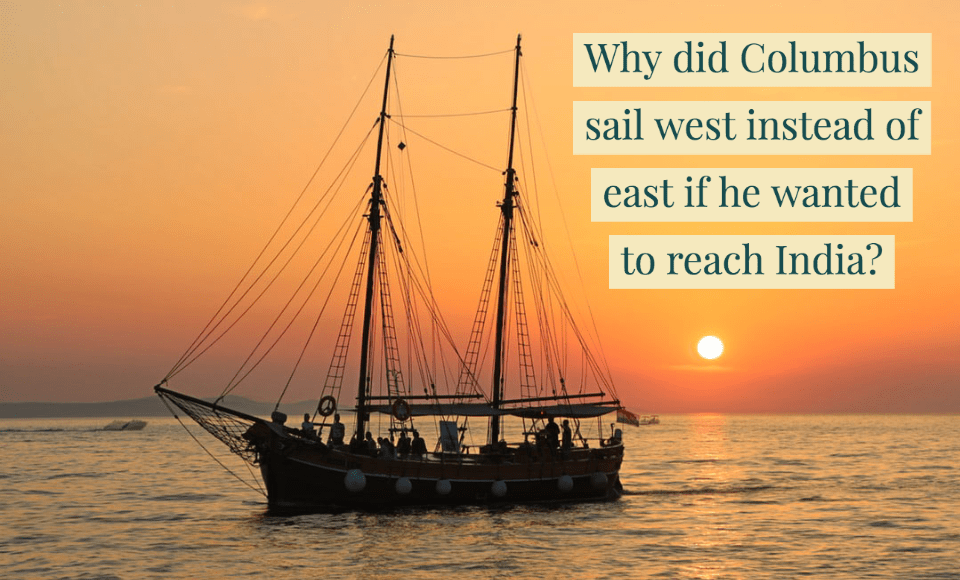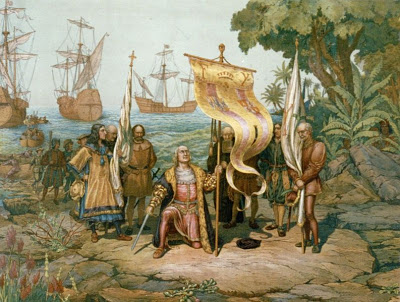For the longest time, Christopher Columbus has been credited as the discoverer of the Americas. However, he never actually meant to find the ‘New World,’ he sailed west of Europe, thinking that it the best way to reach India as doing so would provide them an uninterrupted water route to the Asian country.
Despite failing to reach India, Columbus’ accidental discovery of the Americas turned history a hundredfold. His strong urge and ability to sail through uncharted water cemented his image as one of the greatest explorers of all time.
In 1451, Columbus was born in Genoa, Italy, and spent most of his early years in his hometown. After sailing to the sea, he reached Portugal. Columbus was eager to look for a route towards Asia by sailing westward.
The Asian islands, specifically India, were believed to be blessed with spices and gold, which is why it has been a sought-after destination for European explorers. However, Muslims were dominating the trade routes. Thus, it made it challenging to travel eastward.
But, Columbus believed that the planet was actually smaller than what many others believed. Columbus thought that the quickest and safest way to reach the Orient is by crossing the Atlantic. Unfortunately, he never received support from the Portuguese for this belief.
Spain, on the other hand, was more receptive to Columbus’ idea to sail westward. King Ferdinand and Queen Isabella accepted Columbus’ proposal and gave him the financial assistance to get three ships in his attempt to sail westward.
So, on August 3, 1942, Columbus left Huelva, Spain, with three ships, namely the Pinta, the Santa Maria, and the Nina. After staying at the Canary Islands for around five weeks, he began the journey sailing westward. Columbus estimated the planet to be a sphere with the distance from the Canary Islands to Japan to span about 2,300 miles.
Over a month later, they sighted land, which was San Salvador in the Caribbean, and thought it was the coast of China. He continued to sail and reached Cuba and the Island of Hispaniola. Columbus founded a settlement on the latter named La Navidad. On March 15, 1493, Columbus arrived back in Spain.
Six months later, in the same year, Columbus set sail again westward, but now, he carried 17 ships brimmed with supplies and boarded nearly 1,000 men. In this journey, he explored different islands of the Caribbean but never found any mark or sign that it was China.
On May 30, 1498, Columbus left Spain for his third voyage but with only six ships. In this voyage, he surveyed South America. However, Columbus’ disappointment grew as he was still unable to discover any passage of China that he was certain was present there.
Columbus made his last voyage to the Americas on May 11, 1502. His primary goal was to discover a passage to India. He focused his efforts in surveying the coast of Central America, where Panama was situated. Columbus returned to Spain from his last voyage, thinking that he was that close of discovering the way to India.
More Readings:
Christopher Columbus (Wikipedia)
Related Posts:

